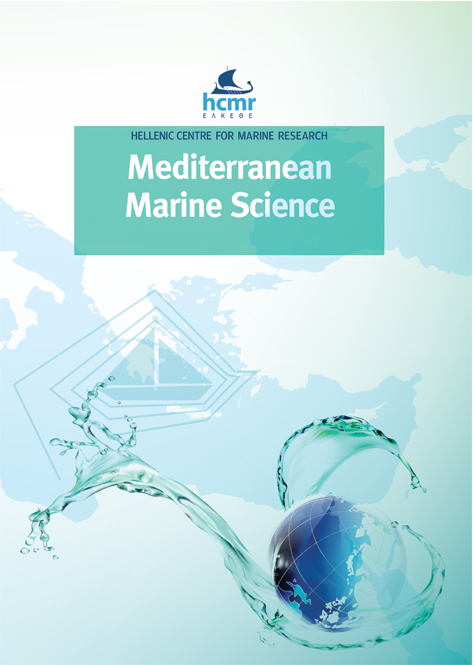Ecophysiological and behavioural responses to salinity and temperature stress in cyclopoid copepod Oithona davisae with comments on gender differences
Abstract
The gender differences in reaction to salinity (3-50) and temperature (6-26°C) stress were studied in the thermophilic cyclopoid copepod Oithona davisae, introduced in the brackish temperate Black Sea since 2001. Both females and males possessed similar salinity tolerance ranges (6–40) irrespective of the salinity change rate, and females displayed a striking osmotic control upon sharp (18-40 and 40-18) salinity shocks. By contrast, the temperature response of males and females were different. Torpidity was recorded at a temperature below 10°C in males collected both in warm and cold seasons, as well as in summer-autumn females whilst in females grown up at the beginning of winter the locomotor parameters were high even at 6°С. The total metabolic rate of summer-autumn and winter females was determined by the level of basal metabolic rate and energy expenditures due to motor activity. In winter females that maintained high activity at low temperature, the total and basal metabolic rates, differing by 2.3 times at all temperatures within the range of 8–28°C, varied in accordance with the temperature coefficient Q10 of about 2, whereas in summer-autumn females at low temperatures total metabolic rate decreased to the basal level. The plasticity of both males and female to wide ranges in abiotic conditions provide an adaptive strategy to sustain the spreading of O. davisae in diverse environments.
Article Details
- Zitationsvorschlag
-
SVETLICHNY, L., HUBAREVA, E., & UTTIERI, M. (2021). Ecophysiological and behavioural responses to salinity and temperature stress in cyclopoid copepod Oithona davisae with comments on gender differences. Mediterranean Marine Science, 22(1), 89–101. https://doi.org/10.12681/mms.22496
- Ausgabe
- Bd. 22 Nr. 1 (2021)
- Rubrik
- Research Article
Authors who publish with this journal agree to the following terms:
- Authors retain copyright and grant the journal right of first publication with the work simultaneously licensed under a Creative Commons Attribution Non-Commercial License that allows others to share the work with an acknowledgement of the work's authorship and initial publication in this journal.
- Authors are able to enter into separate, additional contractual arrangements for the non-exclusive distribution of the journal's published version of the work (e.g. post it to an institutional repository or publish it in a book), with an acknowledgement of its initial publication in this journal.
- Authors are permitted and encouraged to post their work online (preferably in institutional repositories or on their website) prior to and during the submission process, as it can lead to productive exchanges, as well as earlier and greater citation of published work (See The Effect of Open Access).





